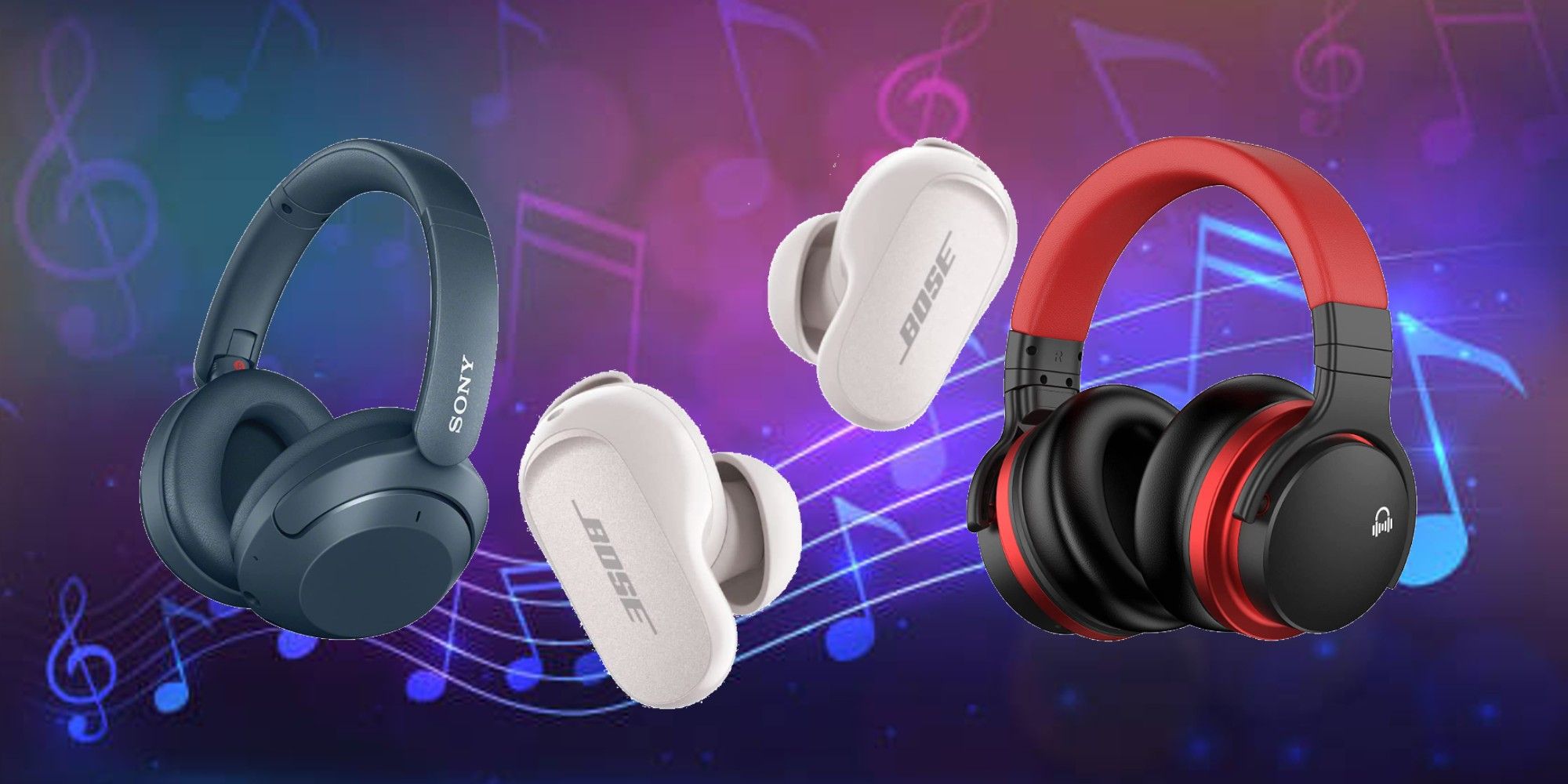As the tech industry continues to evolve day after day, it can make it a little overwhelming to decide when buying something as simple as a pair of headphones. Nowadays, headphones play a huge role in our lives. We depend on them to keep us entertained while doing things like gaming, running errands, and, most importantly, working out. Studies also showed that listening to music while swimming is a perfect way to help sync your strokes, making a pair of headphones for swimming a must. If you’ve been on a hunt for headphones that work well underwater, you've probably come across terms like water-resistant and waterproof, and while you might think they mean the same thing, they don't. When we compare water-resistant vs waterproof headphones, we can see that they are very different.
What Water-Resistant Means
Water-resistant headphones are resistant to splashes, splatters, and streams, but are not intended to be used underwater. There are also different levels of water resistance. Some options only have sweat resistance, which means they can only handle water splashes, whereas others have actual protection against high pressure water jets from any angle. Whatever their level of water resistance, these headphones are better suited for non-water-immersive activities such as working out at the gym, running a marathon, and navigating rush-hour pedestrian traffic.
What Waterproof Means
Waterproof headphones, on the other hand, have total protection against water and can be submerged in water for an extended period of time. However, this does not necessarily imply that you can use your waterproof headphones for a proper dive, as most waterproof headphones, including bone conduction headphones, are not designed to withstand hydrostatic pressure, and can only be used at one or two meters. However, they can still be immersed in water for 30 minutes or more, making them ideal for swimming, surfing, and snorkeling.
How To Know If Your Headphones Are Water-Resistant Or Waterproof
Check the IP (Ingress Protection) rating of your headphones to see if they can be used underwater. An IP rating is frequently followed by two characters, such as IPX5 or IP56. The first character following IP indicates the resistance of the wireless Bluetooth earbuds to solids such as dust. The higher the number the more resistant it is to dust. The second digit or character demonstrates the level of protection provided by the earbuds against liquids such as water. It is always between 0 and 9K. The higher the number, the more water-resistant your wireless earbuds will be. Anything with an IP rating of 7 or 8 is considered safe for use underwater, whereas anything with a rating of 6 or lower should only be used while working out or running errands.
How To Choose Between Water-Resistant And Waterproof Headphones
To know which one is right for you, examine your lifestyle. If you're looking for a pair of headphones to use primarily while working out, doing yoga, commuting, or even gaming, water resistance headphones are the way to go. If you're only using them during activities that involve sweating, water-resistant headphones are a good choice. However, if your morning routine includes immersing yourself in water, a waterproof is essential. Not only are they safe to use underwater, they can boost your energy while also helping you time your breathing and strokes to the beat.

